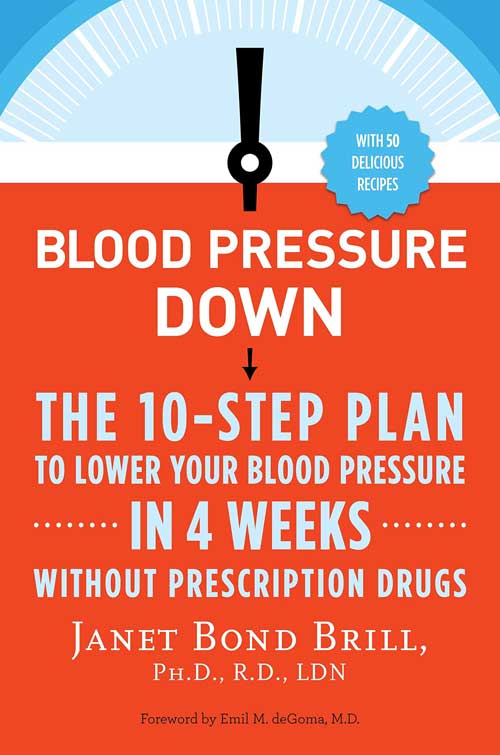By


Over the years, the world has continued to witness an increasing population of homeless individuals. Being homeless does not mean that they are living on the streets. The fact that they cannot afford permanent housing because of their meager wages is what characterizes their homelessness. Hence, they rely heavily on transitional housing.
Transitional housing refers to the provision of temporary housing. More often than not, charitable organizations, such as churches, non-profit organizations and the government provides such an arrangement. However, it does not guarantee long-term housing. Instead, it is a stepping stone to stabilizing those who are transitioning from one life to another.
There are hundreds of alcohol-related activities, addiction and untreated mental health issues affecting millions of people today. The grip of addiction claims more than 90,000 lives yearly. Sadly, they do not have a pathway to recovery once they chose to turn to permanent sobriety. This includes those transitioning from jail or prison life.
Clean’s transitional living residences are a way for someone suffering from addiction to achieve clean, healthy and productive lives. There may not be cookie-cutter solutions. Nevertheless, the exposure to a new way of thinking, individual guidance and the right therapies always lead to a recovery road map. Transitional living is one of the ways those suffering from addiction can move forward. It is like a step at a time. The programs are beneficial in helping those recovering to start functioning in a home setting with others around them helping and encouraging them. You become part of a clean environment where peers and staff support one another.
Outside of a treatment facility, the applicant for transitional housing must meet various requirements. Of importance is to enter into a tenancy agreement with the housing providers. The program may sometime have a room or boarding fee, usually 25-30% of an individual’s income. This is refundable partially or in full once the person transitions to permanent housing.
The transitional period can run for one or two years, and it benefits the people between the ages of 16 and 22. By the end of that period, they must have obtained some gainful employment or income or permanent housing.
What is the role of transitional living in health management?
Recovery from a particular condition, for instance, an addiction is an ongoing process. As such, the community ought to be tolerant and supportive of those in transition living for recovery purposes. The community reinforces the foundation of a person’s sobriety.
As positive as getting sober can be, it is essential to have reality checks in place. Staying active is one of them, according to Dr. Janet Brill. Staying active is not only necessary for people needing to lose weight. It is not only beneficial to physical health but also mental health.
It is primarily helpful to those who are struggling with depression, stress or anxiety. It is a reliever because it keeps them distracted most of the time. Thus, pushing yourself into it even when you do not have the motivation is worth it, and it does not have to involve massive expenses if you cannot afford something like a gym. How about just walking or jogging in the neighborhood?
While every coin bears two sides, so is the aspect of transitional housing. The program has its share of challenges and limitations as explained in Wikipedia.
- Sometimes the program is not sustainable dues to lack of government program funds or charitable grants. Some banks are also not willing to give loans for construction.
- Rigid government policies and plans are shadowing the methods applied by philanthropic organizations in solving the homelessness problem. Some national, regional and local officials claim that those are inadequate solutions for the situation. This is despite the evidence supporting the viability of the solution.
- Imperfect markets where the demand is exceeding the supply is also a significant problem because housing providers cannot admit all the applicants.
- While there is a widening affordability gap in housing, there is also a lack of real estate acquisition. This in return hinders the development of additional housing stock. There is also the aspect of expensive development requirements and regulatory constraints, which more often than not halt the operations.
As the need for transitional housing increases, hopefully, there will be more options for those needing that help, whether homeless or going through recovery.











